Today at WWDC22, Apple announced its newest processor called the M2. As we have seen Apple’s lineup expand, we now know that the M1 was Apple’s low-end part. The M2 seems like a fairly incremental upgrade on the original M1.
Apple M2 Chip Announced with Upgrades
Here is the key highlight slide from the M2. One of the big focus areas for Apple’s performance, and we are seeing this across processor segments these days, is accelerators. Apple is touting a 40% faster neural engine and ProRes support as examples of accelerators. That is where Apple gets a lot of its performance from.
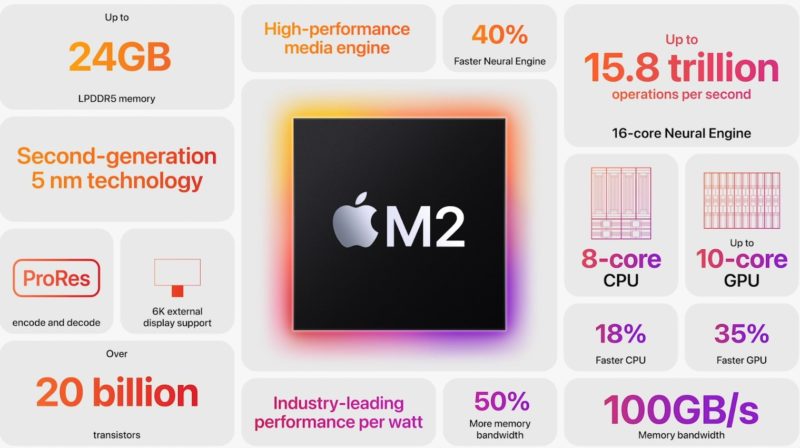
In terms of the performance upgrades, Apple just says 18% faster CPU and 35% faster GPU without getting into the rigor we would expect from PC processors. When Apple said its M1 Ultra had a faster GPU than a NVIDIA GeForce RTX 3090 we saw firsthand the dangers of putting out numbers like this. NVIDIA has a highly optimized GPU IP and software IP and so the idea that Apple could create a chip with an integrated GPU that was faster than NVIDIA’s big silicon approach was hard to digest. Still 18% generational improvement is about what we would expect from a modern x86 generation, so it seems like Apple is falling more into that cadence.
Here we can see more memory bandwidth and up to 24GB of memory. As someone who used the 16GB MacBook M1 and even the 8GB Mac Mini M1, memory capacity needed to increase. Since the memory is being shared between the CPU and GPU, with the M1’s lower memory configurations it was easy to feel when something was not cached in memory just by doing things like swapping browser tabs.
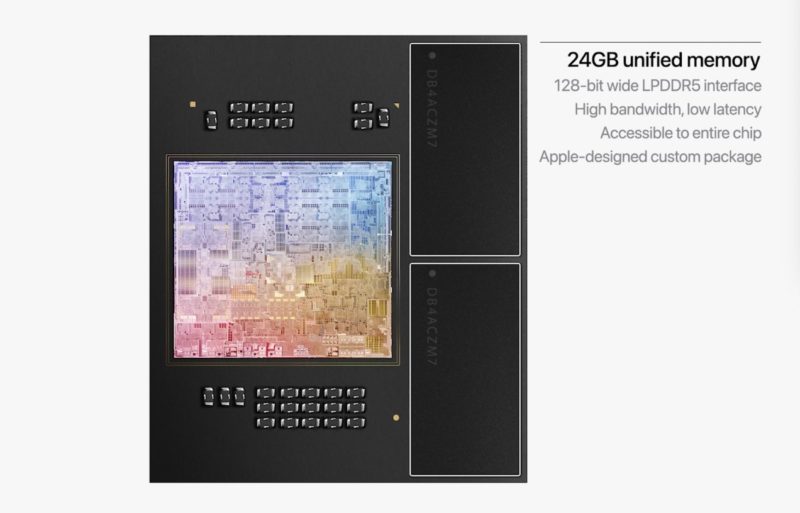
The media engine includes 8K h.264, HEVC, and ProRes. Apple’s media engine accelerators are top notch and are why I use the MacBook Pro 14″. We have had a few STH videos where I have had to edit them on the plane making last-minute changes. I even used it last week during the This Changes Networking Intel IPU Hands-on with Big Spring Canyon video from Hamburg Germany. Apple’s media engine is a top-notch feature if you do that type of work often. What is a bit curious is that we have a M2 without AV1 encode/ decode.
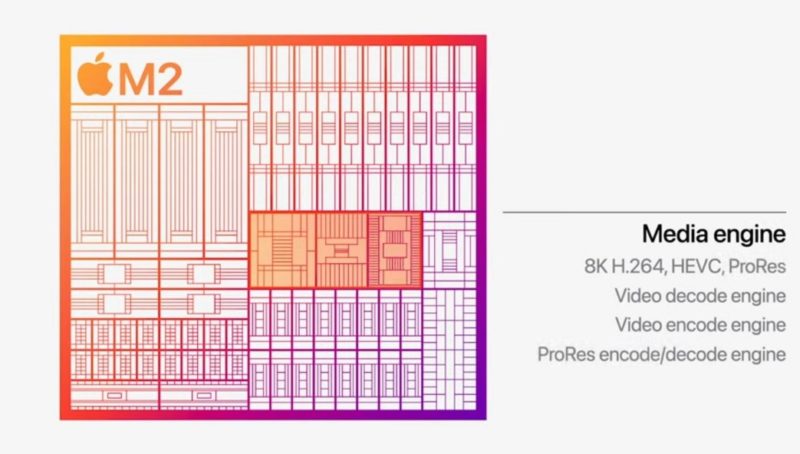
This is an interesting one. Apple is showing ~4.5 generation old Intel to M2 performance where it is also likely using Neural Engines. The gen-on-gen performance is only 20% faster which is something we see commonly on non Apple silicon chips.
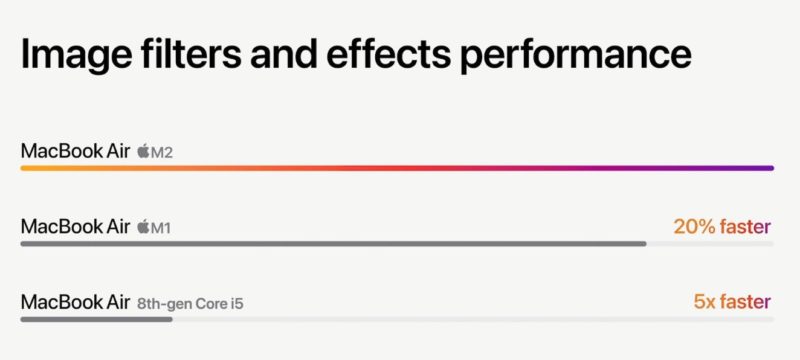
In terms of the MacBook Air, the Fanless design is excellent, as it the ability to have up to 24GB of memory.
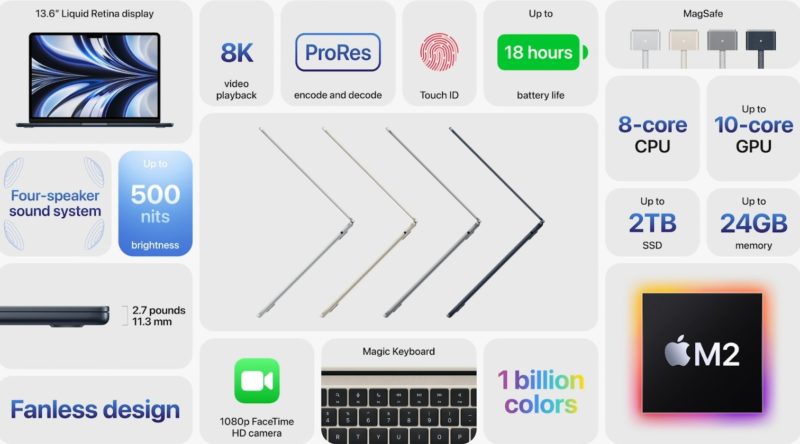
The actively cooled MacBook Pro gets similar features. There was one strange spec though. This is a mid-2022 notebook with WiFi 6, not 6E. We are finding in the lower-cost Mini PC segment (e.g. the CHUWI RZBOX AMD Ryzen 9 4900H Mini PC Review) that WiFi 6E has become a “free/ undocumented” upgrade these days. That just feels strange in an Apple device.
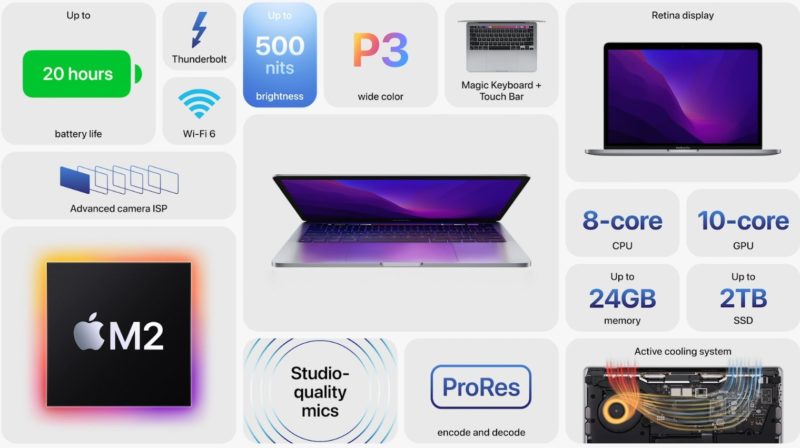
All told, there is a lot new, but if you have the 13″ MacBook Pro M1 it does not feel like a must-upgrade cycle especially if you have and are OK with 16GB.
Final Words
When Apple launched the M1 it was truly different. Apple is certainly pioneering ahead with the use of accelerators. Having flown well over 100,000 miles with M1 powered MacBooks at this point, Apple’s ability to use accelerators is by far the company’s biggest achievement. As such, it is great to see the new M2 following in those footsteps. Still, it feels like Apple is hitting a bit of a silicon wall with increasing die sizes and having relatively standard claimed improvements in CPU performance.

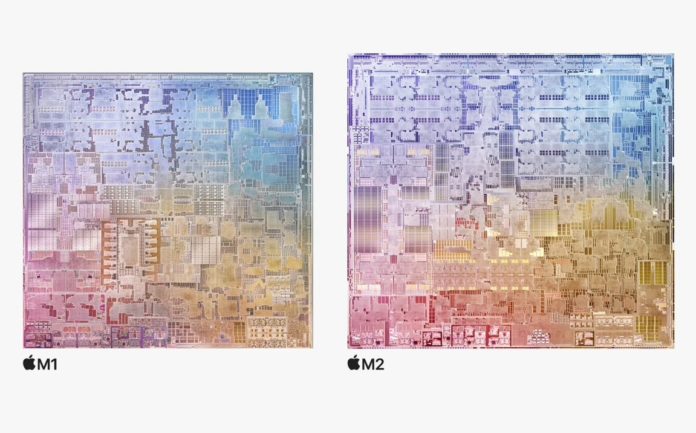
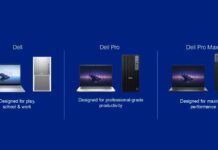

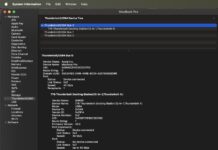
Apple is using the same Wi-Fi modules found in iPhones in the Macs after the Apple Silicon transition. This helped reduced the cost for the company but introduced a Wi-Fi performance regression.
I’ve deployed about a dozen base 8GB M1 Airs and if you assign them to the right user (typical office worker – email/browser/etc) they are great. I’ve got nothing but positive reviews from them.